Wisconsin’s wetlands are vital to the health and vibrancy of our waters.
Wetlands purify our water, sequester climate-changing carbon, protect our homes from flooding, and support the life of diverse and rare wildlife. They also provide limitless value and enjoyment for bird waters, anglers, kayakers and paddlers, and many others.
Wetlands in Wisconsin have long been a threatened resources. According to the Wisconsin DNR, half as many wetlands remain today as in the 1800s. And in our own time, the threats continue.
What are Wetlands?
Wetlands are transition zones between land and aquatic systems. It’s the place where water flow, nutrients, and the sun’s energy meet to create an ecosystem distinguished by hydrology, soils, and vegetation. Wetlands are not only vital in providing habitats for thousands of species, they are also critical in absorbing excess floodwater and improving water quality.
Types of wetlands
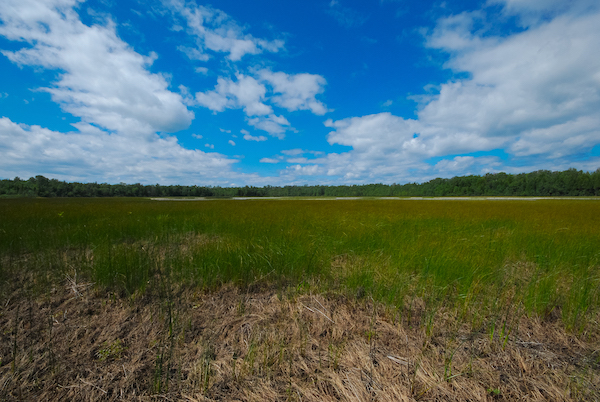
Marshes
Marshes are wetlands that are flooded permanently or during high water periods. Located near the edges of ponds, lakes, rivers, and streams, marshes are characterized by plants either submersed, floating-level, or emerging vegetation. Marshes can be witnessed throughout Wisconsin, and often are home to cattails, pondweeds, and waterlilies.
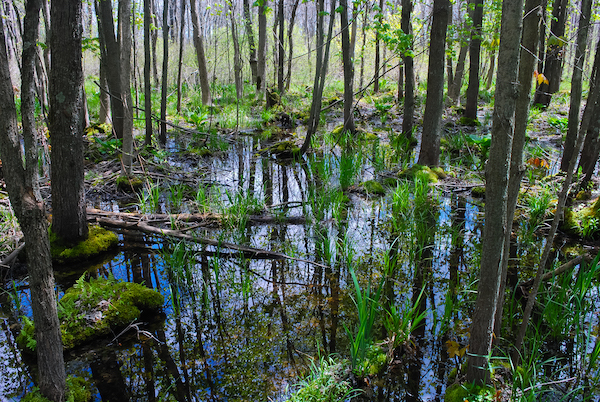
Swamps
Swamps are nutrient-rich wetlands where woody vegetation is prevalent and typically have standing water during the “least certain times of the year.” Northern white cedar, American elms, ferns, sedges, grasses, and flowering plants can all be found in swamps.
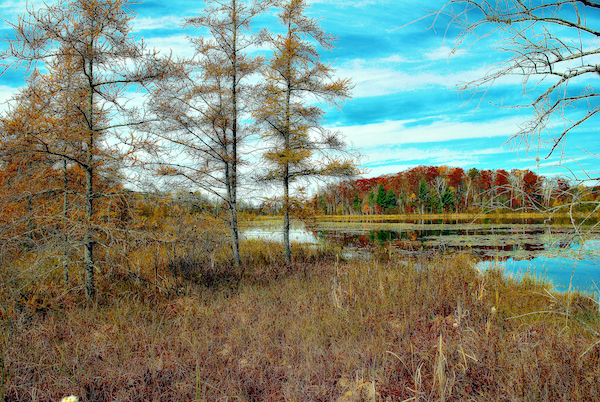
Bogs
Bogs are nutrient-poor basin wetlands in which rain is their only source of water, as bogs aren’t typically fed by surfacing groundwater or streams. Due to its acidic environment, bogs are home to many unique carnivorous plants, such as sundews and pitcher plants, as well as “economically important species” such as blueberries and cranberries.
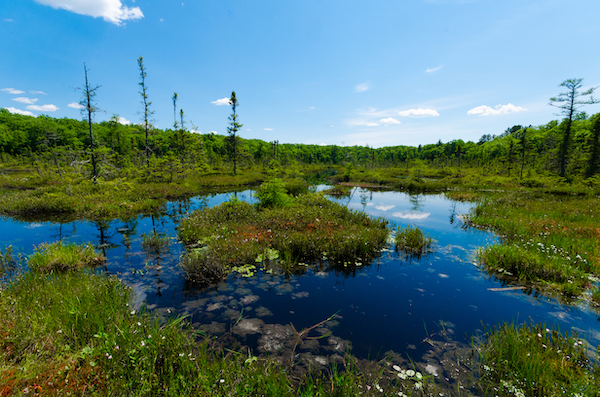
Fens
Fens, the rarest type of wetland in Wisconsin, are fed by mineral-rich groundwater and seep water out of the soil’s surface. Characterized by its low growing plant community, active springs, and trout streams of cold, clear water, fens disproportionately provide a home for endangered, threatened, and rare species.

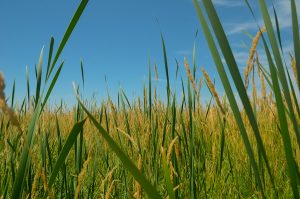 A Disappearing Resource
A Disappearing Resource